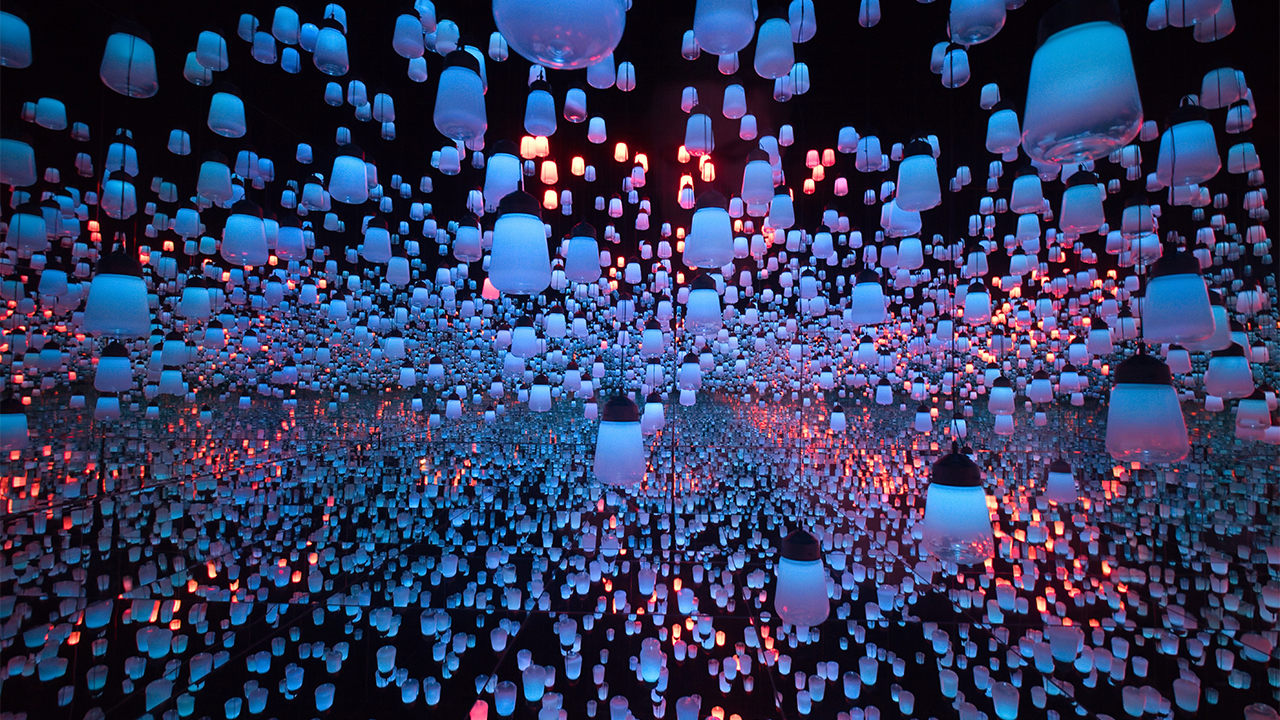Science & Technology, UK (Commonwealth Union) – Researchers from the University of Oxford have achieved a significant breakthrough in the development of miniature bio-integrated devices designed for direct cell stimulation. Their findings, featured in the journal Nature, pave the way for small bio-integrated devices capable of interacting with and stimulating cells, holding promise for vital therapeutic applications such as targeted drug delivery and expedited wound healing. However, these devices necessitate a power source, and addressing this challenge has been a long-standing obstacle.
To tackle this issue, scientists from the University of Oxford’s Department of Chemistry have engineered a miniaturized power source, drawing inspiration from the electrical generation mechanism employed by electric eels. This innovative device relies on internal ion gradients to generate energy.
The soft power source is crafted by depositing a sequence of five nanolitre-sized droplets of a conductive hydrogel—a three-dimensional network of polymer chains rich in absorbed water. Each droplet features a distinct composition, creating a salt concentration gradient along the chain. Lipid bilayers separate the droplets, providing structural support while preventing ion flow between them.
Activation of the power source involves cooling the structure to 4°C and modifying the surrounding medium. This action disrupts the lipid bilayers, causing the droplets to merge into a continuous hydrogel. This arrangement permits ions to traverse the conductive hydrogel, moving from the high-salt droplets at either end to the low-salt droplet in the middle. By connecting the terminal droplets to electrodes, the energy generated from the ion gradients is converted into electricity, empowering the hydrogel structure to function as a power source for external components.
In experiments, the activated droplet power source consistently produced a current that endured for over 30 minutes, with a peak output power of approximately 65 nanowatts (nW) for a unit comprising 50 nanolitre droplets. Furthermore, these devices maintained a similar current output even after a 36-hour storage period.
The research team further showcased the device’s ability to regulate the activity of living cells directly through ionic currents. They affixed the device to droplets containing human neural progenitor cells, which were fluorescently labeled to indicate their activity. Upon activating the power source, time-lapse recordings revealed waves of intercellular calcium signaling within the neurons, triggered by the local ionic current.
This pioneering development in miniature bio-integrated devices and their associated power sources holds tremendous potential for various applications in biotechnology and healthcare, such as wearable devices, bio-hybrid interfaces, implants, synthetic tissues, and microrobots. Moreover, the researchers envision the possibility of automating the production of these devices, creating droplet networks comprised of thousands of power units, further expanding their capabilities in these fields.
Dr Yujia Zhang of the Department of Chemistry, at the University of Oxford, who is the lead researcher for the study, says “I am very grateful for the immense support and abundant resources provided by the Bayley group and the Department of Chemistry, University of Oxford, which have allowed me to push the boundaries of what we thought was possible. Droplet 3D printers, microfluidic printers, and many other chemical biology techniques have enabled me to develop synthetic tissues with unique capabilities. We believe it will open the door towards interesting advancements for synthetic tissues.”
The researchers highlight that the device’s modular design offers the versatility to combine multiple units, thereby amplifying the voltage and/or current output. This capability holds the potential to revolutionize various technologies, including next-generation wearable devices, bio-hybrid interfaces, implants, synthetic tissues, and microrobots. In a remarkable demonstration, the combination of 20 five-droplet units in series successfully powered a light-emitting diode, typically requiring approximately 2 Volts to illuminate. Furthermore, the researchers envision the possibility of streamlining production through automation, possibly utilizing a droplet printer, to create extensive droplet networks composed of numerous power units.








